By Peter Suciu
During World War II, the American aircraft carrier USS Intrepid (CVS-11) was known as “the Ghost Ship” to the Japanese Imperial Navy because every time they thought they had sunk her, “the Fighting I” came back for more. Intrepid subsequently fought through World War II, Korea, and Vietnam and even did her part following the 9/11 terrorist attacks on the World Trade Center before almost losing another battle—namely, to time and the elements.
On December 5, 2006, the ship, which was the centerpiece of the Intrepid Sea, Air & Space Museum, was towed to Bayonne Dry Dock & Repair in New Jersey. There, the ship underwent $60 million worth of necessary repairs to ensure that she would be around for many more years to come. And while New York tourists were unable to visit the ship during the interim, it was well worth missing her for two years, even if the waterfront on Manhattan’s West Side just wasn’t the same.
“By taking the ship away, it allowed the Intrepid to go to dry dock,” said John Zukowsky, chief curator of the museum. Zukowsky explained that the repairs were not required solely for the ship. “The pier was half closed, so the pier itself needed a complete rebuild.” This gave the museum the opportunity to repair the ship and redo the exhibits. Said Zukowsky, “It was easier to do with the ship completely closed.”
The recent renovations were not the first time the 912-foot-long ship had been forced to undergo repairs. During her career, Intrepid, one of 24 Essex-class carriers, saw a great deal of action. (The ship’s keel was laid down just six days before the attack on Pearl Harbor in December 1941.) After completion in 1943, she headed to the Pacific, where she was greeted by a quick baptism of fire, taking part in the invasion of the Marshall Islands in early 1944. Damaged during the fighting, the ship returned to Pearl Harbor for repairs and then headed back into action. In October 1944, Intrepid took part in the Battle of Leyte Gulf, and planes from the carrier helped sink the Japanese battleship Musashi.
Following the battle, one of the major turning points of World War II, Intrepid suffered her first kamikaze hit, and in November she was hit two more times by the suicide pilots. In March 1945, a bomb exploded just off the ship’s bow, but Intrepid remained in action and helped sink the Japanese battleship Yamato a few weeks later. Before the end of the war, the ship was struck a fourth time by kamikaze attack. The attacks earned the nickname “the Ghost Ship” by the Japanese, who could not believe that Intrepid had not been sunk by then. In all, Intrepid lost a total of 270 sailors during the war.
After seeing action in every major American naval campaign in the Pacific during the last two years of the war, Intrepid supported the American occupation of Japan, then returned to California in 1952, where she was decommissioned and joined the Pacific Reserve Fleet. From 1952 to 1954, the ship underwent a modernization program that included the installation of new steam catapults, enclosed bow, and reinforced flight deck for a new generation of jet aircraft. In June 1954, Intrepid was recommissioned as an attack aircraft carrier (CVA).
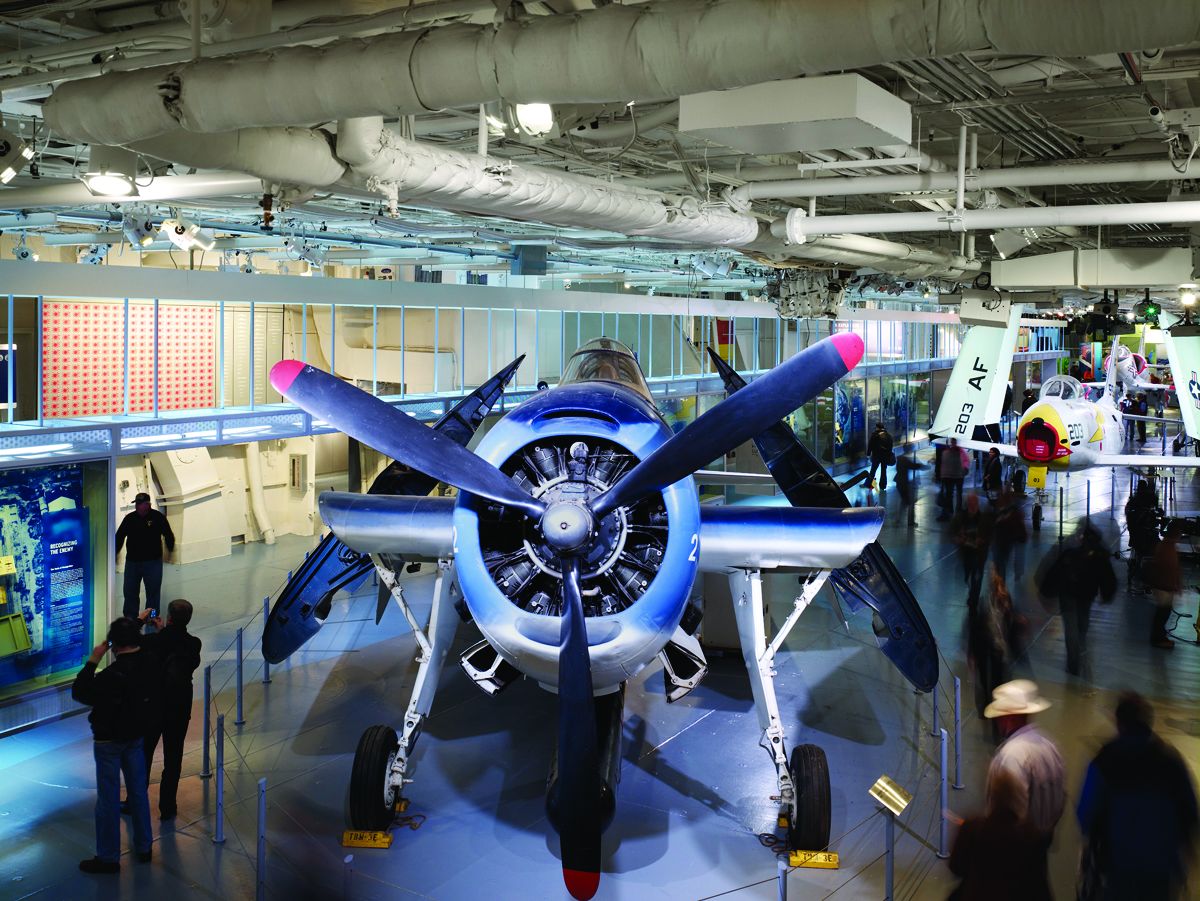
During the Cold War, Intrepid took part in NATO’s Operation Strikeback, the largest peacetime naval operation to that time, and later took part in multiple space mission recoveries for NASA, including the Mercury 7 space capsule and the Gemini 3. Intrepid also served three tours in Vietnam before being decommissioned in 1974. She later saw duty as an exhibit ship at the U.S. Navy and Marine Corps bicentennial celebrations in Philadelphia in 1975-1976. Only three other Essex-class aircraft carriers have survived the ravages of time: the USS Yorktown, USS Hornet, and USS Lexington. All are now in museums.
When the possibility arose that Intrepid would be scrapped, a New York real estate developer saw the potential for a floating museum and saved the Fighting I from the scrap yard. The late Zachary Fisher founded the Intrepid Museum Foundation in 1979, and the Intrepid Sea, Air & Space Museum opened to the public on August 3, 1982, at Pier 86, 46th Street and 12th Avenue, on Manhattan’s West Side. The museum, which has welcomed some 10 million visitors, has been the site of numerous celebrations and notable occasions, and Intrepid was called upon to serve a role in the greatest tragedy in New York City’s history. On September 11, 2001, the ship became a temporary headquarters for the FBI following the 9/11 attacks.
Despite surviving four attacks during World War II, Intrepid was slowly succumbing to New York’s harsh winters and to the ravages of time. In 2006, it was decided that the ship would need to undergo extensive repairs. Additionally, the pier needed repair and renovation, while the ship’s smaller submarine companion, the USS Growler, also badly needed a trip to dry dock. It was planned to tow the ship down the Hudson to Bayonne, New Jersey, but Intrepid proved as stubborn to move as she had been to sink during World War II. She became stuck on the mud in the Hudson River, only 15 feet from the pier, canceling a full-blown welcoming ceremony, before finally making it succesfully to dry dock.
After a trip to Staten Island for interior refurbishment and the installation of new museum exhibits, Intrepid was ready to come home. She returned in October 2008 and officially reopened on Veterans Day, November 11. Astronauts Scott Carpenter and Buzz Aldrin joined a crowd of politicians and military brass in welcoming her back. At the close of ceremonies, there was another bit of stubbornness, this time from a champagne bottle that failed to break. It was an echo of the first time Intrepid was commissioned into service, in 1943, when the champagne bottle wielded by Helen Smith Hoover, wife of Admiral John Howard Hoover, also failed to break. This was seen as a happy coincidence when the same thing happened as Sally Hoover Casale, granddaughter of Admiral and Mrs. Hoover, rechristened the ship as the Intrepid Sea, Air & Space Museum.
Intrepid is the centerpiece of the museum, which also displays more than 30 aircraft along with interactive exhibits for all ages and plenty of attractions that serve as a reminder of the courage and sacrifice of the men who served aboard Intrepid. A special highlight is the A-6F Intruder cockpit simulator. Visitors can also tour Growler, a diesel-powered submarine and one of the few open to the public that has actually fired a nuclear weapon. Visitors get an up-close look at Growler’s once top-secret missile command center.
For those who may have visited the ship before, there will be many new improvements, including greater access to areas that were previously not open to the public. Most importantly, said Zukowsky, the collection of artifacts is more in line with and appropriate to both the eras in which the ship served and to that of a military aircraft carrier. “The exhibits are more in line with the types of aircraft that were used by the ship, as well as those that were used from World War II to the Cold War.”
One notable change, which should be immediately apparent to anyone who has previously visited the museum, is the long display case inside the ship’s hangar deck. Here are numerous artifacts, including small items such as personal diaries and pilot logs. The plan, says the museum staff, is to continually rotate what is on display. Zukowsky said the displays have already encouraged many of those who had served or had family who served on the famous ship to come forward to donate items for future displays. “It is very heartening to see that the public has come forward the way that it has,” he said.
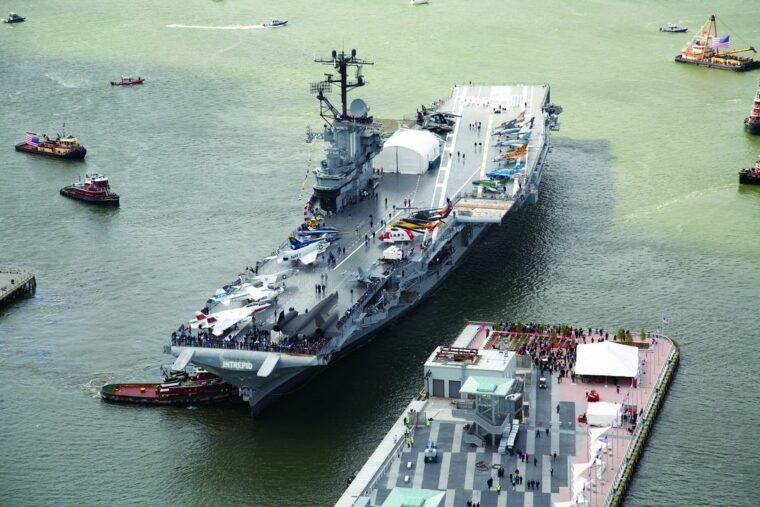
The other significant addition on the hangar deck is the new Piasecki HUP/UH-25 Retriever helicopter, the same type that was utilized by the ship’s crew at the height of the Cold War. This is one of the new highlights of the museum’s aviation collection. Currently that collection includes 30 aircraft as well as other unique items such as both the original commissioning and decommissioning bells and a half-sized replica of a Mercury space capsule. Visitors may notice that some “old friends” from the museum are missing, notably a U.S. Army Patton tank, which has since been returned to the Army and is now at Fort Hamilton, and a T-72 Soviet-made tank used by the Iraqi Army during the first Gulf War in 1991. That tank was returned to the United States Marine Corps and transferred to a location in New Jersey.
Zukowsky explained that the refocusing of the collection was much more specific and less broad than it had been. “We revised the collection policy and want the museum to contain those more appropriate items,” he pointed out. “We’re focusing on aircraft that cover the history of Intrepid through World War II to the Cold War.” As a result, many other artifacts have been returned to private lenders, such as the section of the former Berlin Wall belonging to artist Peter Max.
The museum is not strictly dedicated to U.S. naval aviation. One of the old favorites is the A-12 “Blackbird” spy plane. Of course, that black beauty never flew off any aircraft carrier, but it was an important part of the Cold War and remains a significant part of the collection. “That is a real crowd pleaser,” said Zukowsky. “It is one of the great symbols of the Cold War, and only 50 were made and only 25 are in museums. Ours is very special too, because it is actually number two off the assembly line.”
The museum has a number of aircraft that were especially important in the Cold War era, particularly those of international origin. “We have a number of planes that never flew off the flight deck,” said Zukowsky, “but these include foreign aircraft as well. I can say that we have one of the finest collections of Cold War aircraft, and that is probably better than having the odd tank.” Among those planes are a MiG-15 from the Korean War, a MiG-17 of the type used by North Vietnam in the 1960s, and a MiG-21 PFM formerly used by the Polish Air Force.
Other planes include a British Royal Navy Supermarine F1 Scimitar and a French-made Dassault Etendard IV. These are accompanied by such American planes as a U.S. Navy TBM-3E Avenger, the standard American torpedo bomber of World War II, and a Douglas A-4B Skyhawk, the type of aircraft flown during the Vietnam War. Other significant planes include a North American Aviation FJ-3 Fury from the late 1950s, a version of the U.S. Navy’s first jet aircraft, a Grumman F-14 Tomcat, and a Grumman A-6F Intruder. There are also a Marine Corps AV-8 Harrier, two Vietnam-era UH-1 Huey helicopters, and two AH-1 Cobra gunships: a Marine Corps AH-1J Sea Cobra and a fully restored U.S. Army AH-1 Cobra. Armored fighting vehicles captured from Iraq during the first Gulf War are also on display. A British Airways Concorde has an exhibit space on the pier.
Of course no collection, even those in a museum, is ever really complete. To that end, Zukowsky said, there are other aircraft he would like to see in the future. “There are dreams of having other World War II aircraft including aggressor planes, but the one everyone would like to see is for us to get a Corsair.” At present, the museum has a fine replica of the Corsair. Other planes on the wish list include a naval version of FA-18 Hornet to complement the Army model in the collection, as well as a Skyraider.
Museum hours are Monday-Friday, 10 am to 5 pm, and Saturday-Sunday, 10 am to 6 pm, from April 1 to September 30; and Tuesday-Sunday, 10 AM to 5 pm, from October 1 to March 31. For more information, contact Intrepid Sea, Air & Space Museum, West 46th Street and 12th Avenue, New York, NY 10036, (212) 245-0072, www.intrepid musem.org.
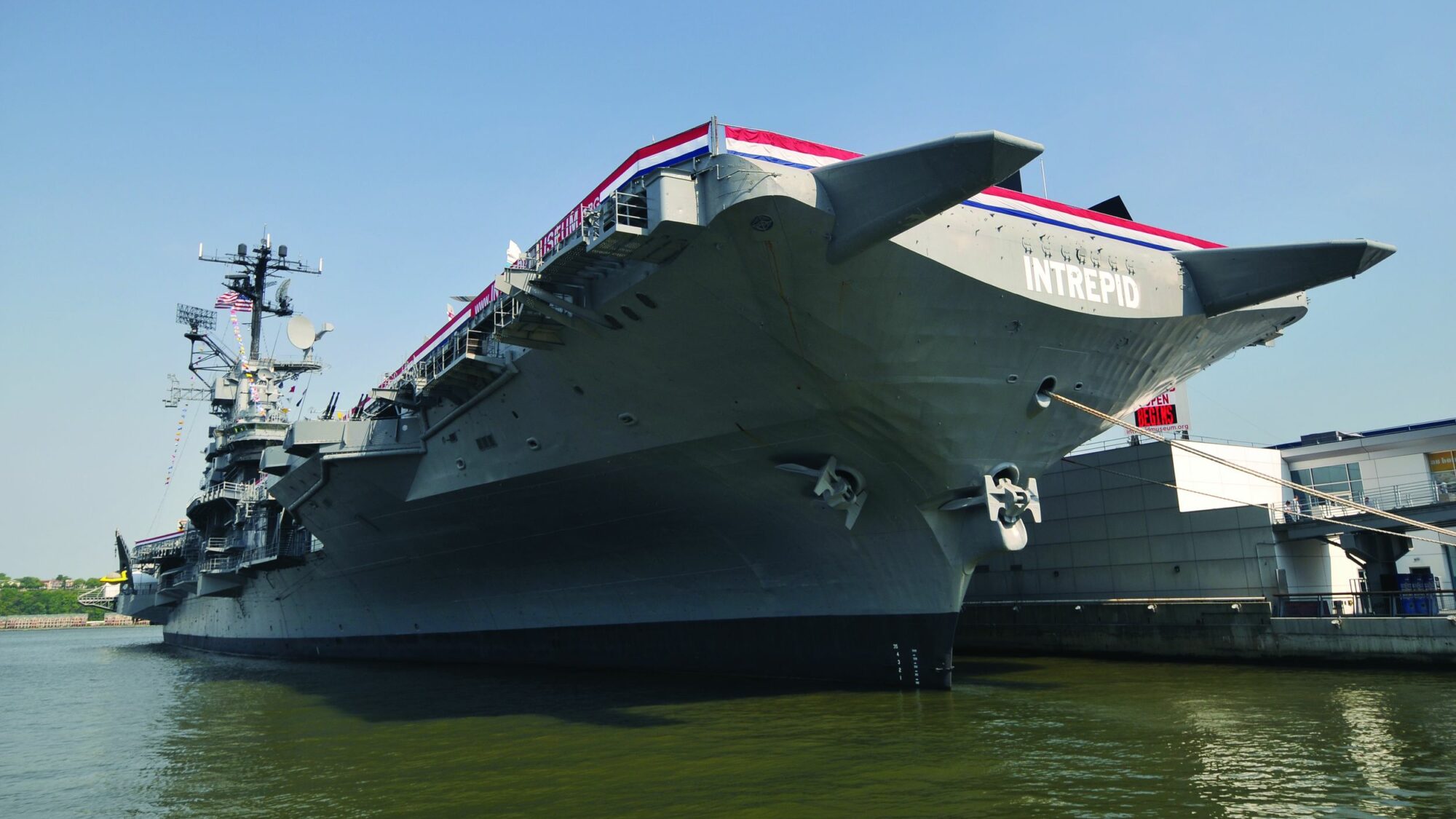
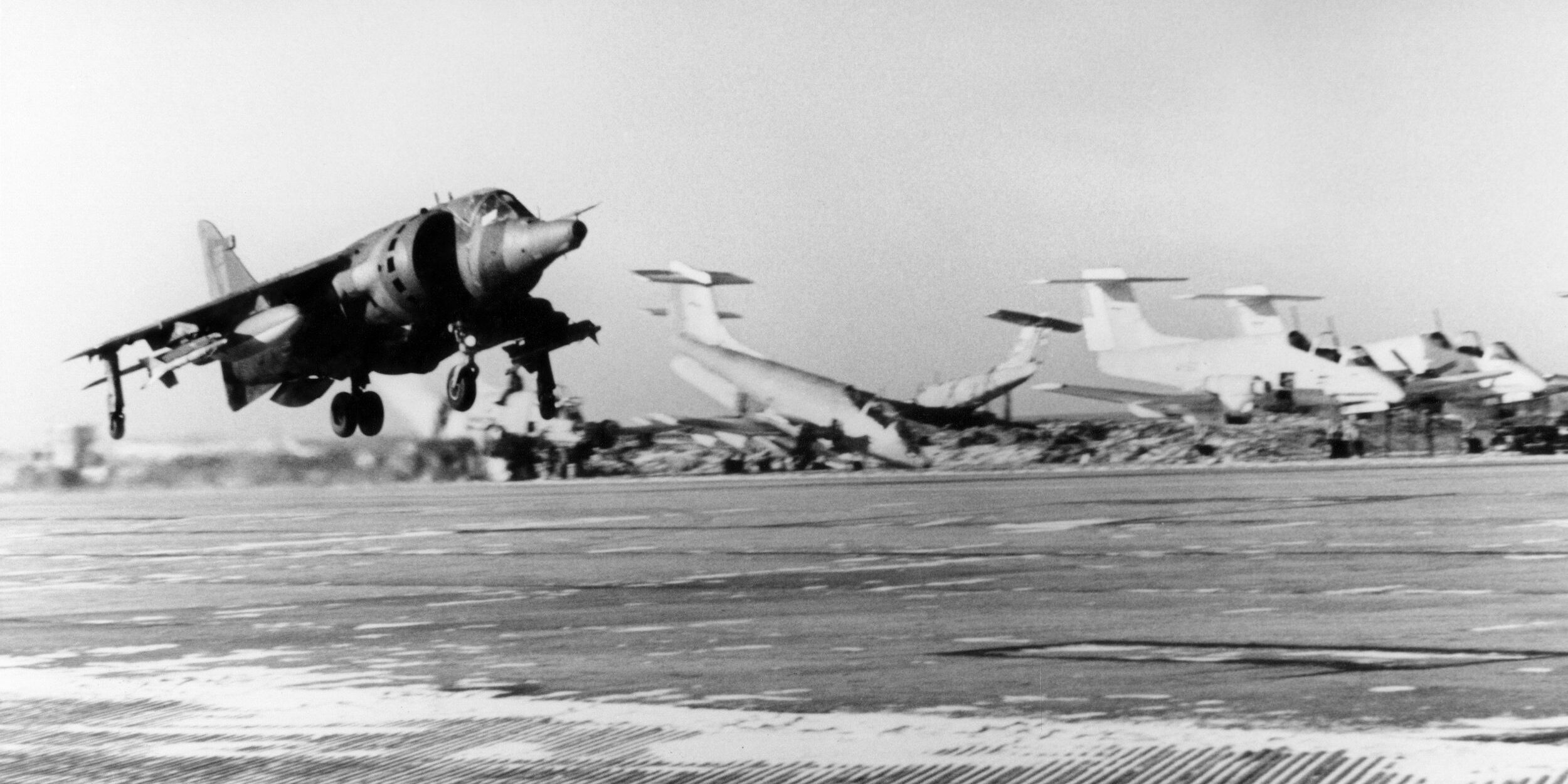

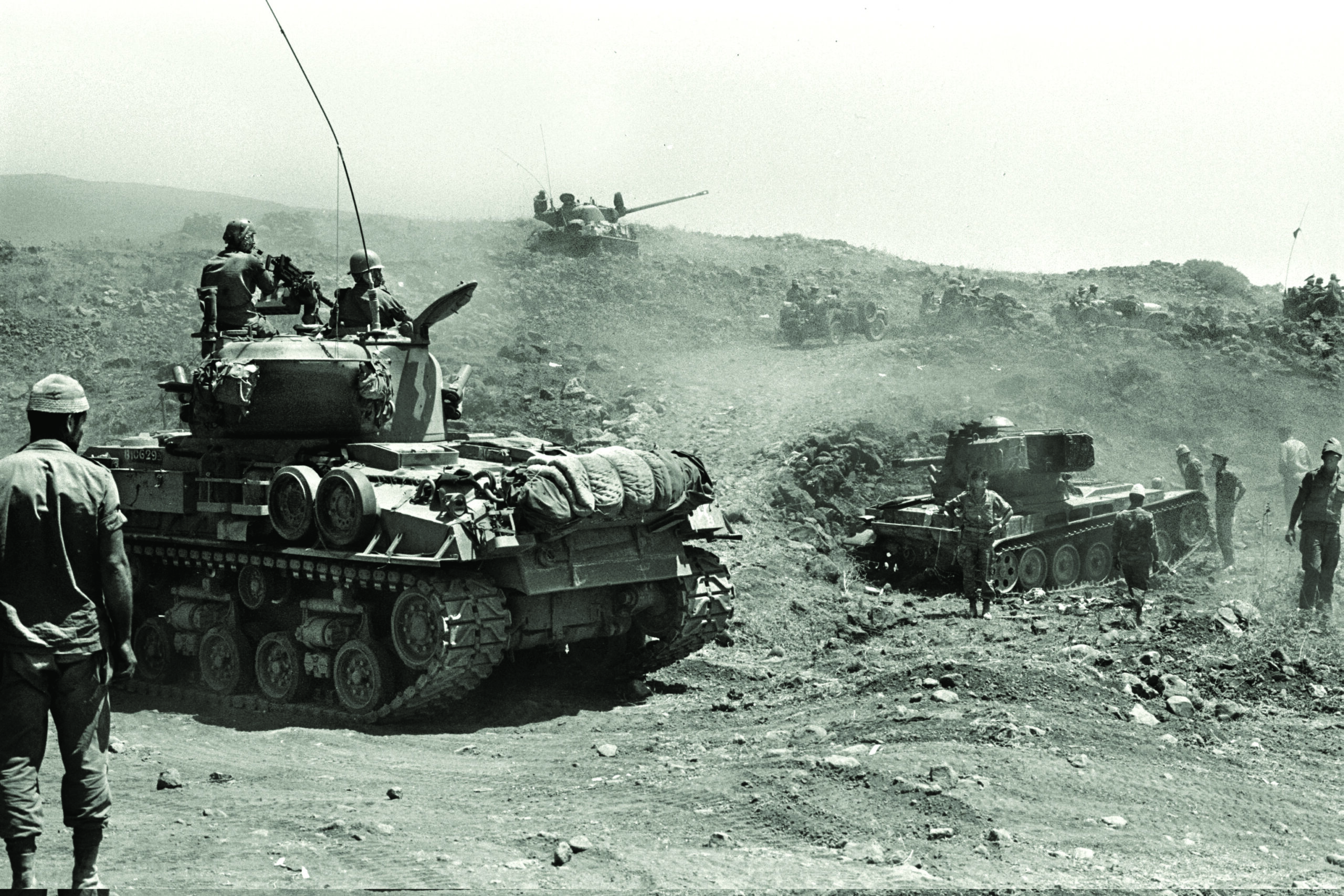
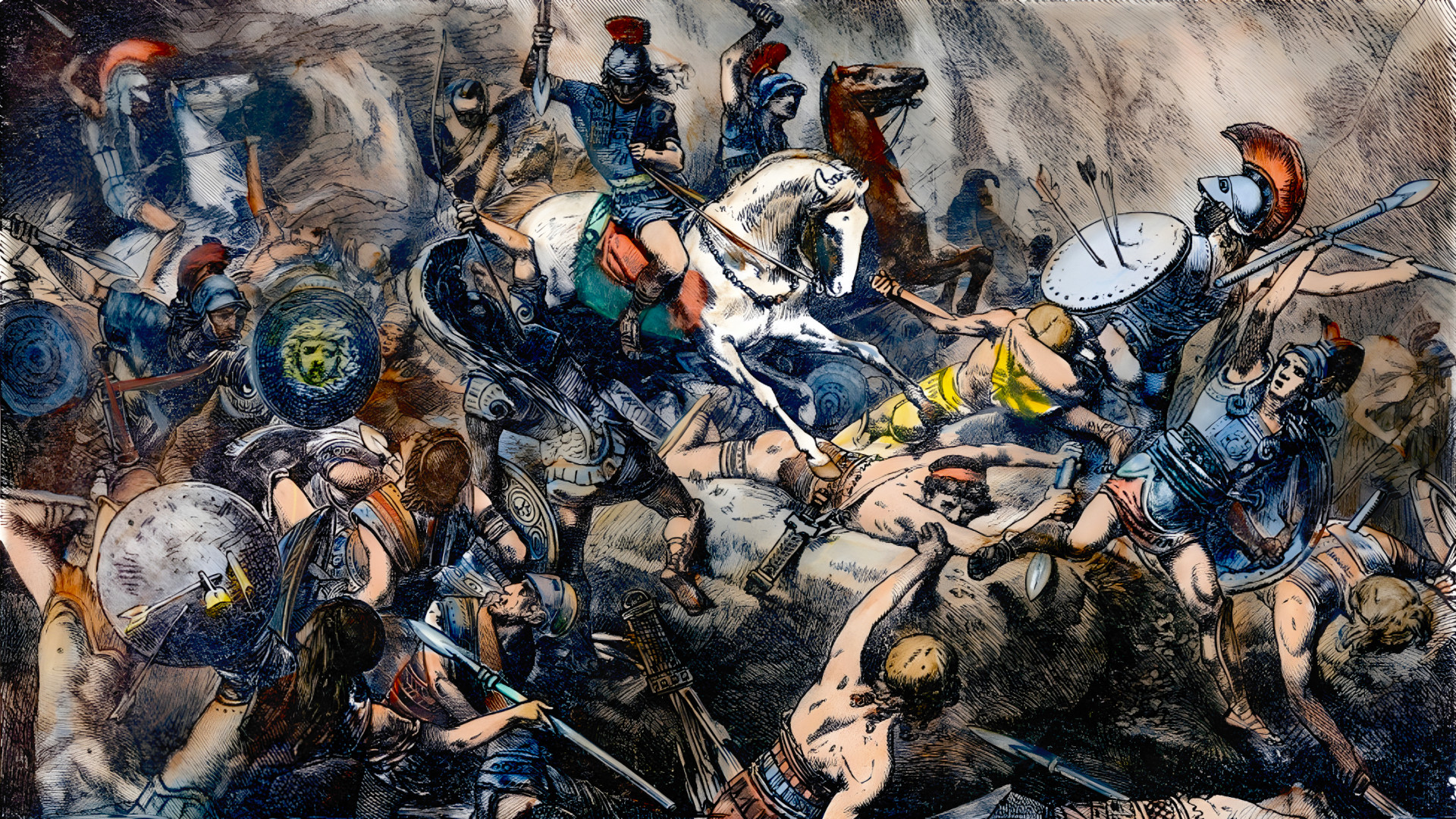
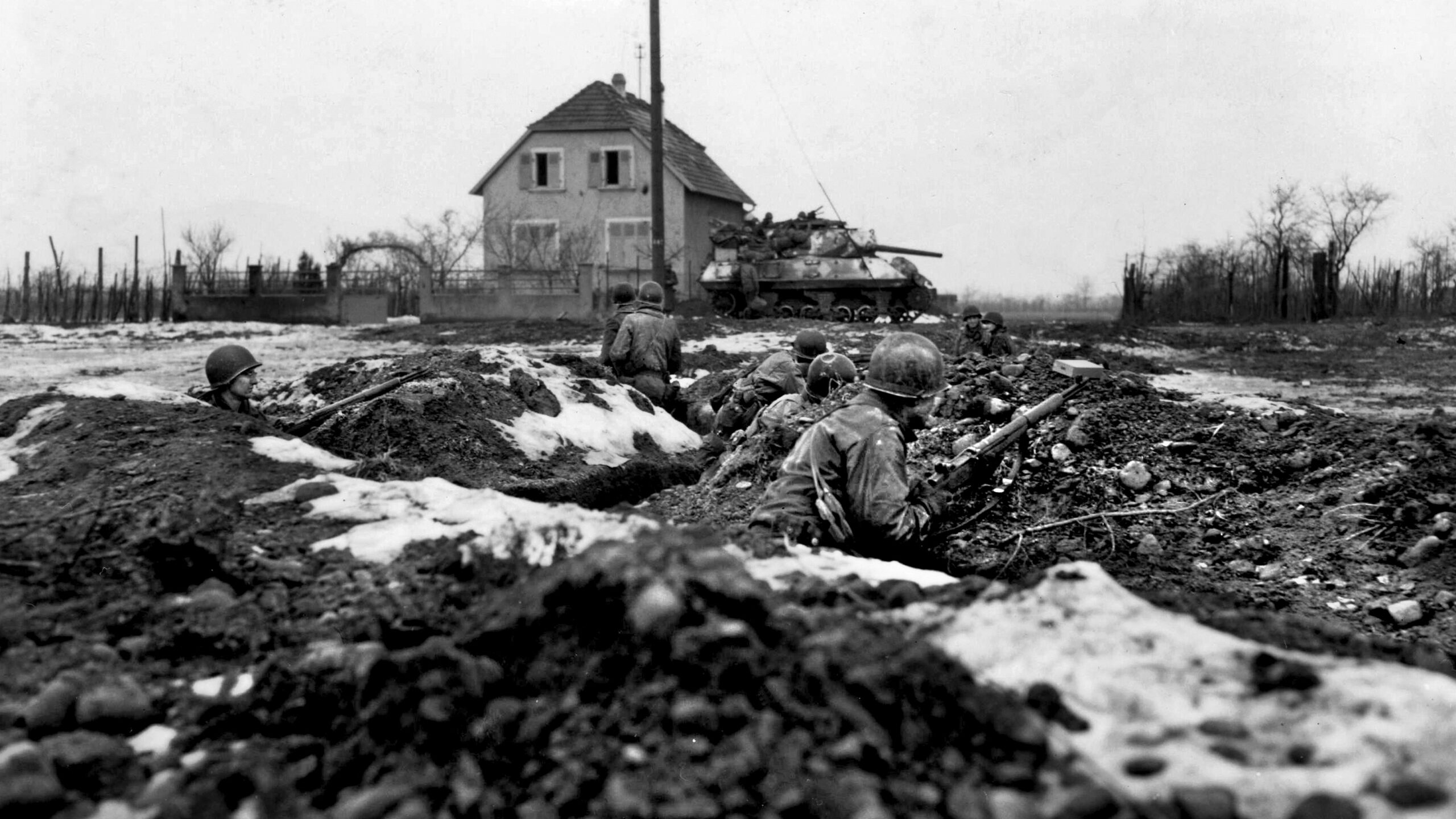
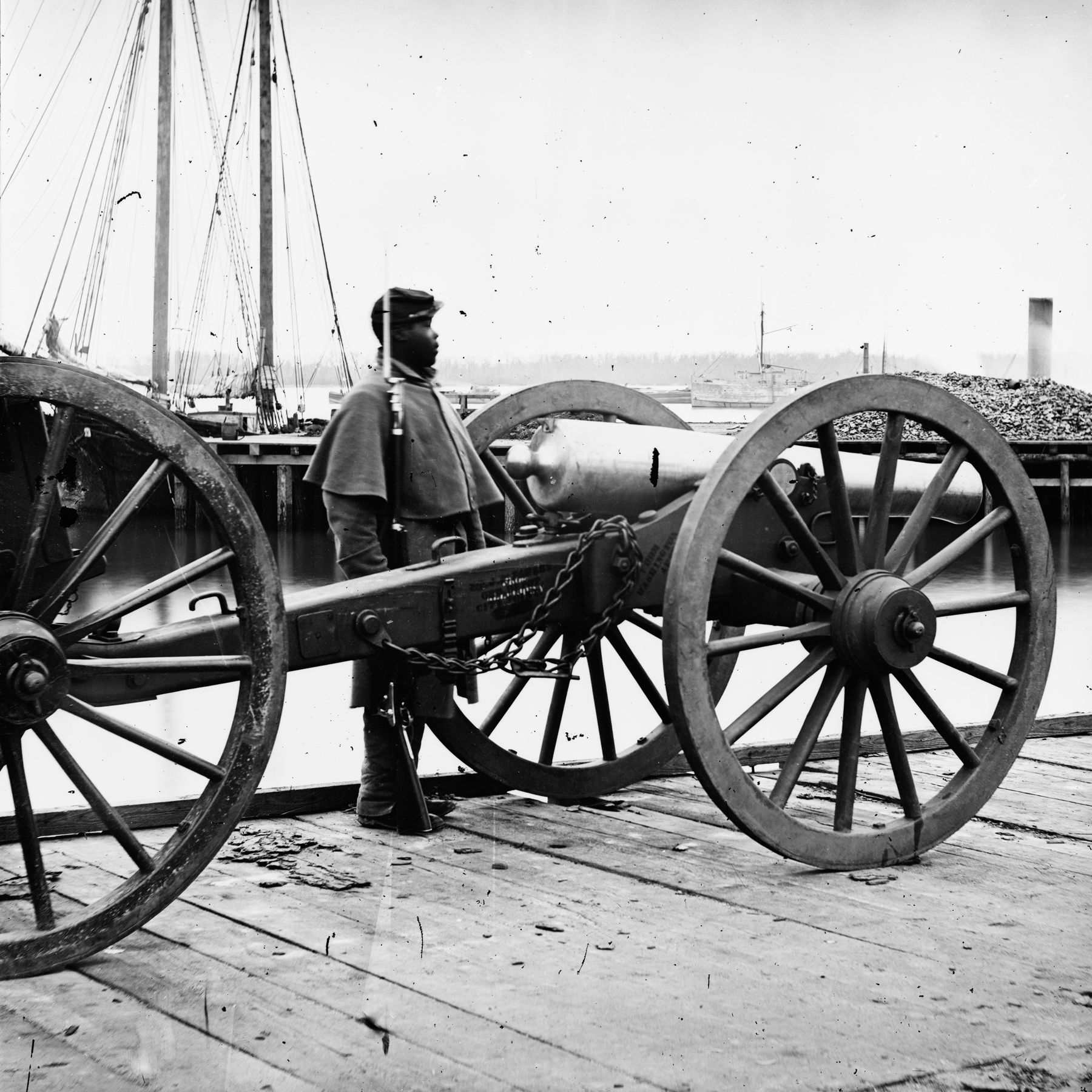
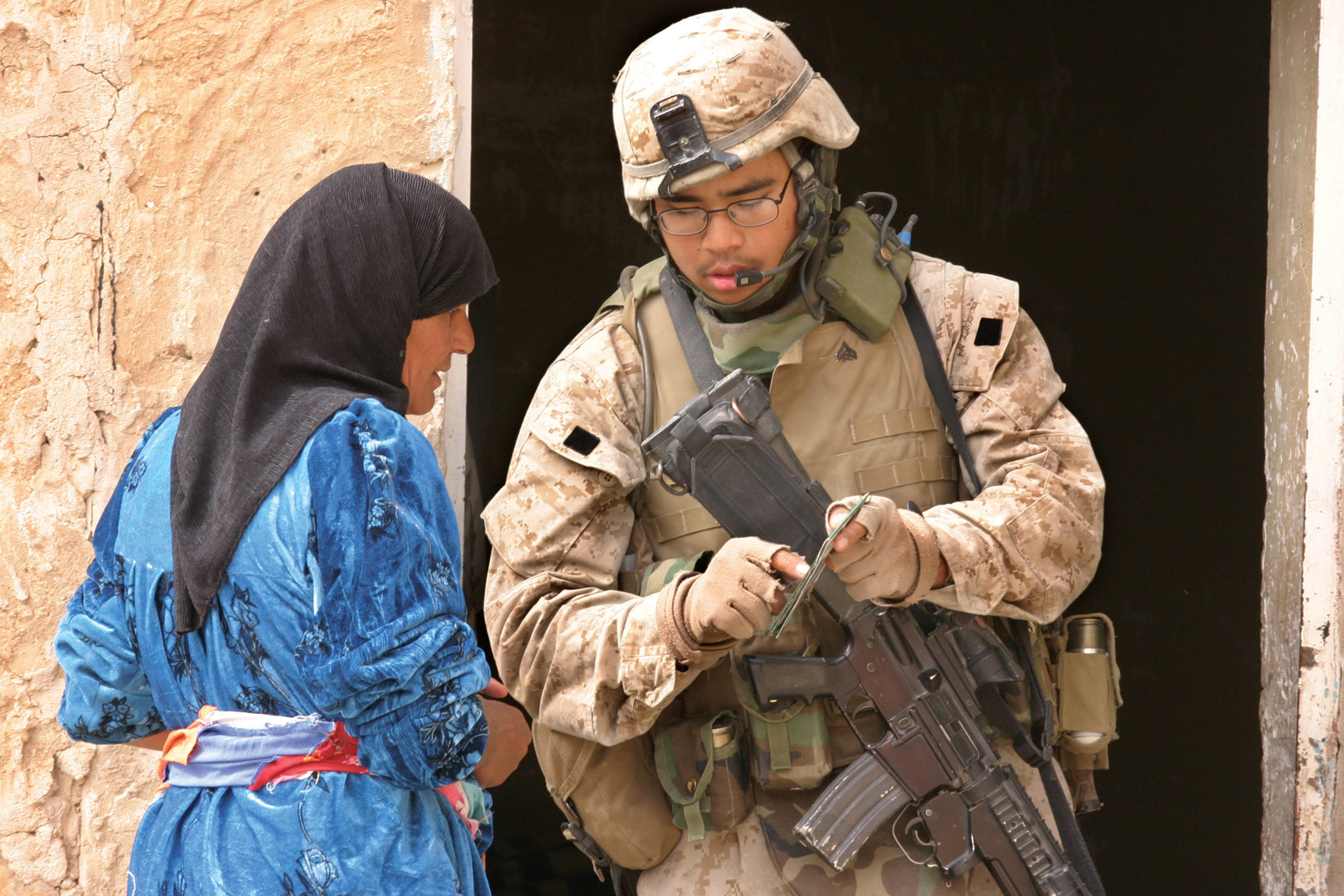

Join The Conversation
Comments
View All Comments